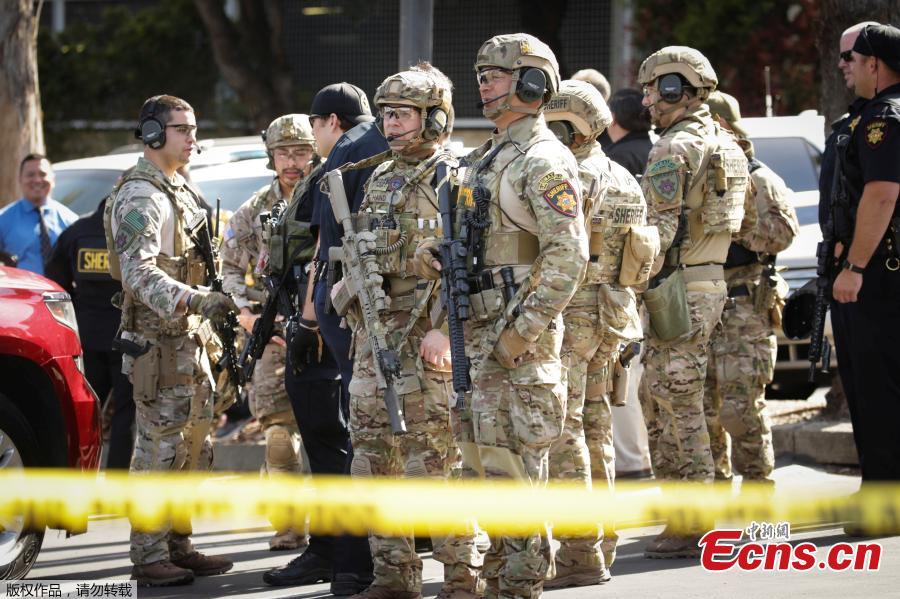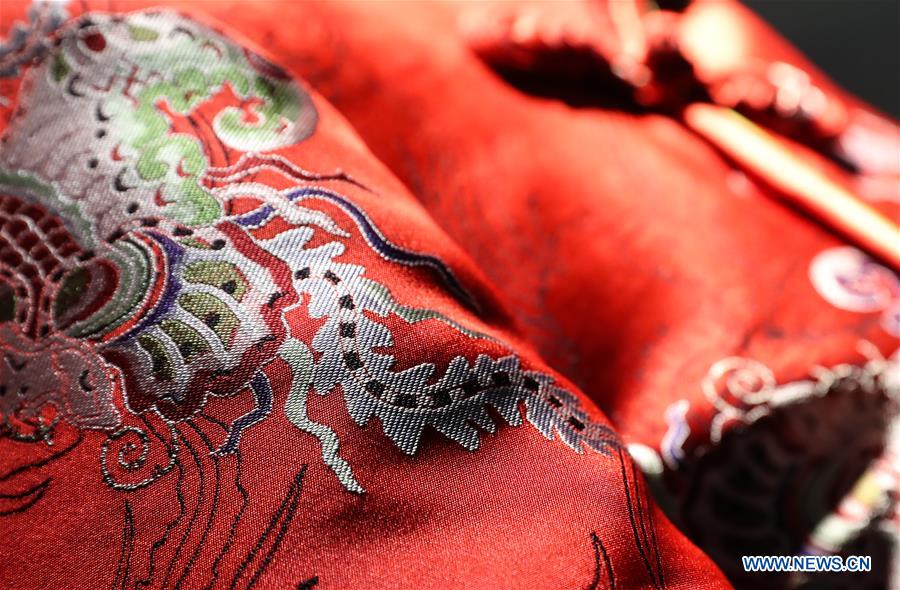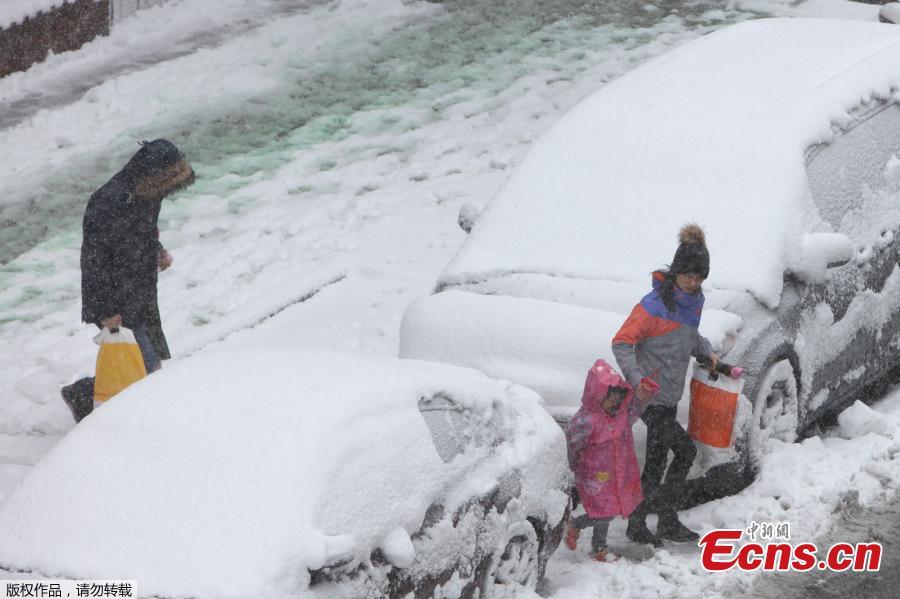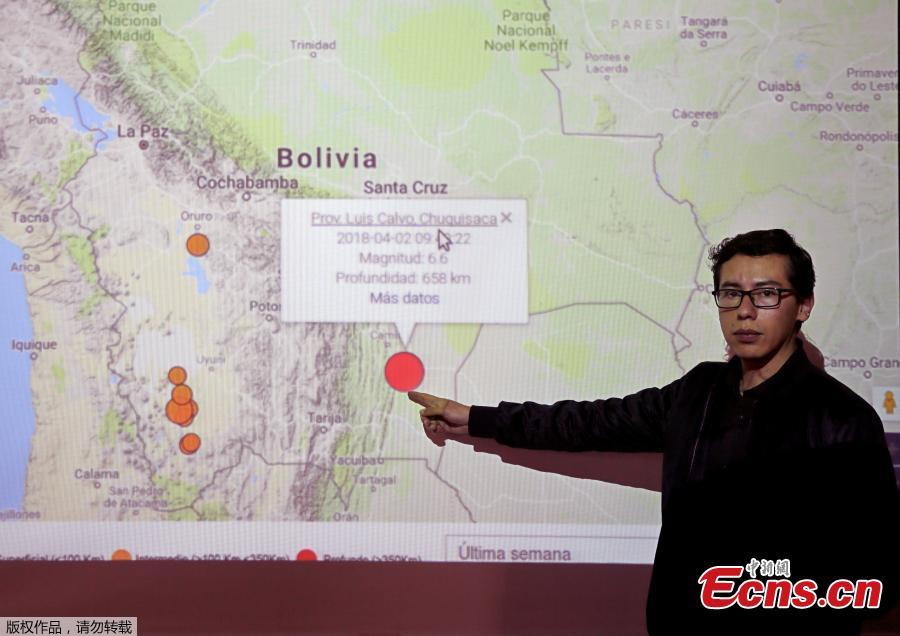4. Mobile hongbao: the new frontier in economic data
On the e-hongbao front, more definitive rankings emerge as to the top hongbao-giving provinces in the nation. In terms of amount of hongbao sent over WeChat, Guangdong topped the list with 5.84 billion hongbao sent and received this year, followed by Jiangsu, Shandong, Hebei, and Zhejiang. This is almost consistent with the country’s top five provinces by GDP: Guangdong, Jiangsu, Shandong, Zhejiang, and Henan. However, the correlation should be taken with some caveats, as the general practice of sending WeChat hongbao—small amounts to many people—is similar to physical hongbao-giving practices reported by Guangdong residents on WeChat.
So far, most of the analysis done regarding hongbao data collected by WeChat and Alipay have been in the realm of trivia: this year, for example, it was revealed that the greatest number of WeChat hongbao transactions were made from Guangdong to Hunan province, followed by Hunan to Guangdong, Guangdong to Guangxi, Guangxi to Guangdong, and Beijing to Hebei—possibly mirroring the economic relationship between these regions. The post-80s generation also exchanged the most WeChat hongbao among themselves, followed by the post-90s-to-post-90s generation and post-80s-to-post-90s generation. It was also determined that men gave more WeChat hongbao than women to recipients of both sexes: 32.4 percent of hongbao were exchanged between men compared to 25.5 percent between women, and 24.6 percent were given by men to women compared to 17.5 percent the other way around.
With such a wealth of data waiting to be mined, it’s no wonder that the Chinese authorities are relying on mobile payment systems to finally create some sort of credit-rating system for the nation.
And here’s what TWOC staff had to say about hongbao practices in their home region:
Jiahui, editor (Liaoning, northeastern China) The absolute minimum is 100 RMB, but that’s considered stingy. Give in the hundreds for kids who are related to you, but for hongbao from older relatives closely related to you, it’s in the four figures. It varies according to family and how many children they have. Also, grandparents tend to give a lot in general.
Jane, distribution (Heilongjiang, northeastern China) The minimum should be 500 RMB, but there are lots of considerations such as how many children the family has, whether their parents are more or less senior than you, and if their immediate family just experienced a milestone event like a wedding.
Tao, art director (Beijing/Liaoning, northeastern China) I am from a smaller place than Jianhui. It’s 100 for distant relatives, 200-300 for close relatives. In Beijing, it starts at 500 RMB for close relatives.
Mengxi, marketing (Hunan, south-central China) Four figures, and it keeps going up. Also, I’m told that if you give a hongbao back to somebody who gave one to you, you have to give more than you received, so you have to give a decent amount but not too much; that’s probably why the amount keeps going up.
Hatty, editor (Jiangxi, southeastern China) Older, close relatives give between 1000 and 2000 RMB, but 300-500 is considered a good amount for younger, unmarried family members to give out. The amount is 2000-5000 RMB from older relatives for major milestones or children they haven’t seen in a long time.
Jue, editorial director (Inner Mongolia, northwestern China) 200-500? It varies too much. Best thing to do is ask your mother what the appropriate amount is, or consult beforehand with other relatives of your generation so you all give a similar amount.
So how much did you give out, rake in, or “snatch” on WeChat this year?
Cover image from DGtle
Article by Hatty Liu


















































